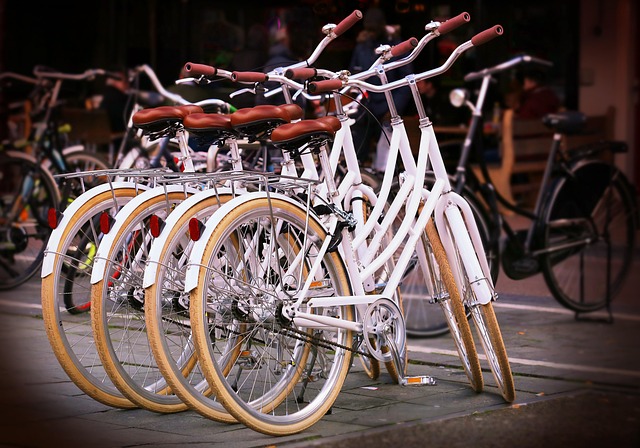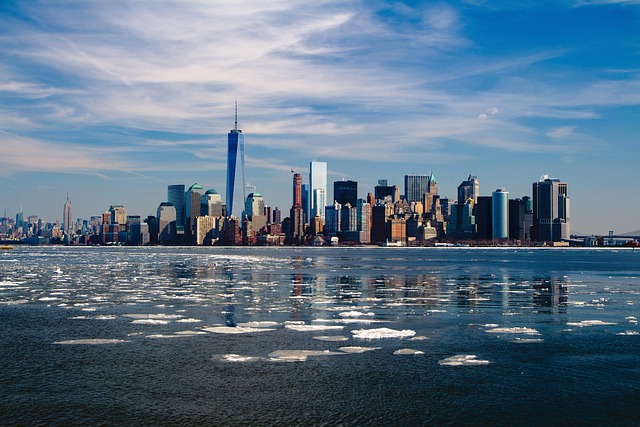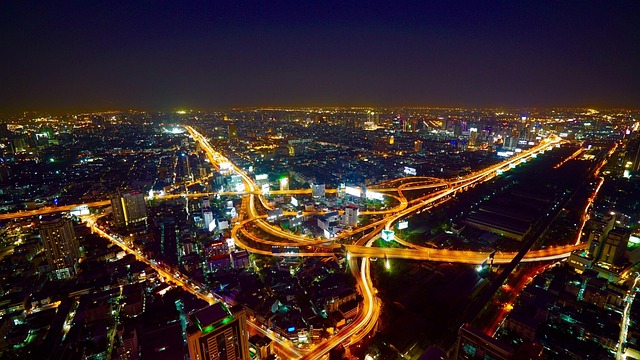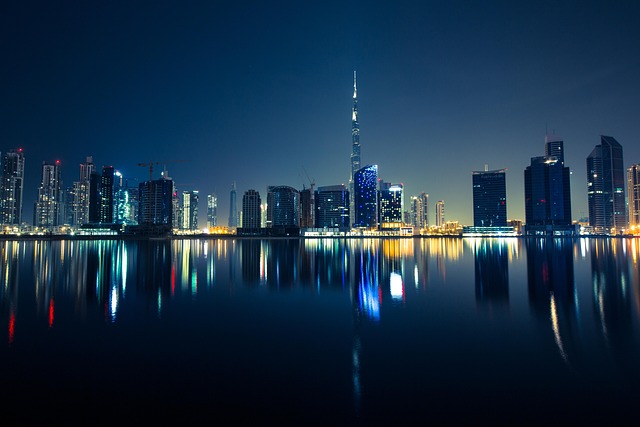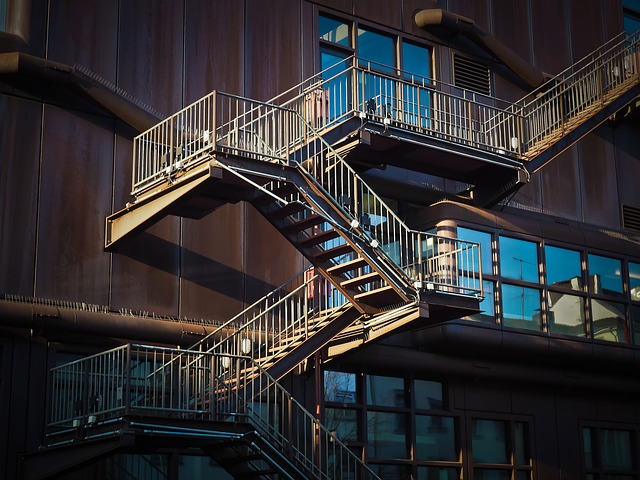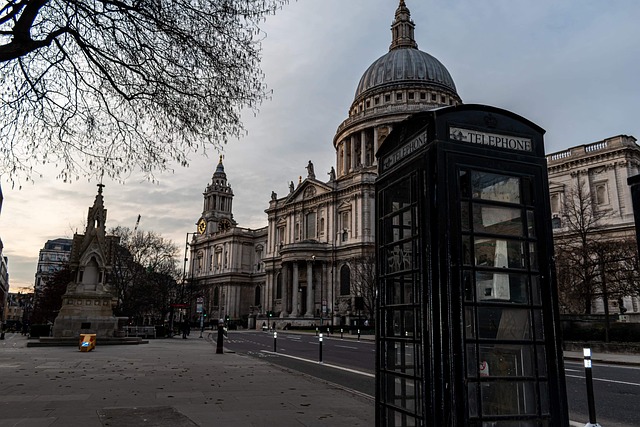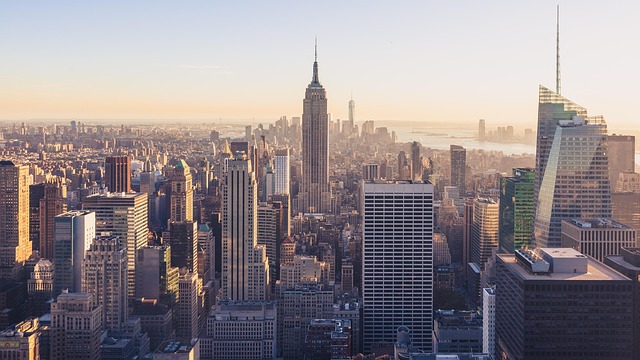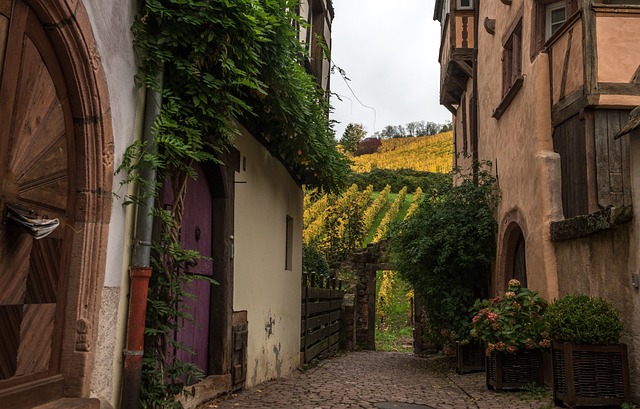Shahra-e-Faisal
Shahra-e-Faisal: A Comprehensive Exploration
Introduction
In the dynamic landscape of modern urban planning, Shahra-e-Faisal (or Faisal Avenue) stands out as a pioneering concept that has transformed cities worldwide. This article delves into the multifaceted world of Shahra-e-Faisal, exploring its definition, historical roots, global impact, and the various facets that contribute to its significance. By examining economic dynamics, technological innovations, policy frameworks, and real-world case studies, we gain a profound understanding of how this urban design approach shapes our built environments and communities.
Understanding Shahra-e-Faisal: A Definition and Historical Perspective
Shahra-e-Faisal, often translated as “Street of Faisal,” is an innovative urban planning concept that emphasizes the creation of a dedicated, wide avenue designed to accommodate various transportation modes, including vehicular traffic, public transit, cycling, and pedestrian movement. This multi-purpose corridor is characterized by its strategic layout, incorporating elements such as separated lanes, bike paths, green spaces, and often, commercial and residential developments along its stretch.
The concept traces its origins back to the late 20th century when urban planners and policymakers sought solutions to address the growing challenges of traffic congestion, environmental concerns, and the need for more livable cities. Inspired by successful examples from around the world, Shahra-e-Faisal emerged as a holistic approach to revamping city streets, focusing on functionality, sustainability, and community engagement.
Global Impact and Trends
The influence of Shahra-e-Faisal is felt across continents, with cities adopting this model to address their unique urban challenges. Here’s an overview of its global impact:
-
Asia: Cities like Jakarta, Indonesia, have implemented Shahra-e-Faisal-inspired projects, such as the Jalan Tol Dalam Kota (JTDC), which aims to alleviate traffic congestion in the densely populated capital. Similarly, Mumbai, India, has seen the development of dedicated avenues like the Marine Drive and Bandra-Worli Sea Link, contributing to improved urban mobility.
-
Europe: In London, the creation of the North Circle Route is a testament to the growing adoption of such strategies. This project reconfigures traffic flow, reduces congestion, and promotes sustainable transportation options. Paris has also embraced similar concepts with its “Vélos Paris” initiative, encouraging cycling along designated avenues.
-
North America: While not as prevalent, there are examples in the US, such as the creation of dedicated bike lanes and transit corridors in cities like New York and Los Angeles. These initiatives mirror the core principles of Shahra-e-Faisal, focusing on multimodal transportation and urban renewal.
Economic Considerations: Market Dynamics and Opportunities
The implementation of Shahra-e-Faisal has significant economic implications, shaping local markets and creating opportunities for investment and development. Here’s how:
-
Real Estate: The establishment of a dedicated avenue with mixed-use potential can drive property values along its route. Commercial and residential developments thrive in these areas due to improved accessibility, attracting businesses and residents alike.
-
Transportation Infrastructure: Investments in public transit along Shahra-e-Faisal corridors can enhance urban mobility, reducing reliance on private vehicles. This shift can lead to cost savings for commuters and potential revenue streams for transport operators.
-
Tourism and Recreation: Green spaces and pedestrian-friendly areas within these avenues foster community engagement and attract tourists, boosting local economies. Cycling and walking paths also encourage active lifestyles, contributing to public health initiatives.
Technological Advancements: Enhancing the Shahra Experience
Technology plays a pivotal role in optimizing Shahra-e-Faisal systems and enhancing user experiences. Key advancements include:
-
Smart Traffic Management: The deployment of Intelligent Transportation Systems (ITS) enables real-time monitoring and control of traffic signals, reducing congestion. Adaptive signal control and vehicle detection technologies ensure efficient flow along the avenue.
-
Digital Wayfinding: Digital signage and mobile apps provide wayfinding information for pedestrians and cyclists, making navigation easier. These tools can also display relevant data like public transit schedules, road conditions, and local amenities.
-
Sustainable Energy Solutions: Integrating renewable energy sources, such as solar panels and wind turbines, along the avenue contributes to environmental sustainability. This reduces carbon footprints and provides a model for green infrastructure development.
Policy and Regulation: Governance of Shahra-e-Faisal Initiatives
Effective governance is crucial for the successful implementation and regulation of Shahra-e-Faisal projects. Key policies and regulations include:
-
Urban Planning Policies: Local governments play a pivotal role in shaping urban landscapes by adopting comprehensive zoning ordinances that designate areas for mixed-use development along these avenues. These policies ensure balanced growth and efficient land utilization.
-
Transportation Regulations: Regulations governing traffic flow, parking, and vehicle emissions are essential to maintain the avenue’s functionality and environmental sustainability. Dynamic pricing for parking and congestion charges can incentivize more sustainable transportation choices.
-
Environmental Conservation: Policies focused on preserving green spaces and promoting biodiversity along Shahra-e-Faisal corridors contribute to urban ecosystems’ health and resilience. These measures ensure that development aligns with ecological considerations.
Challenges and Criticisms: Overcoming Obstacles
Despite its numerous benefits, Shahra-e-Faisal faces challenges that require thoughtful strategies for resolution:
-
Community Displacement: The potential for mixed-use developments along these avenues may lead to concerns about community displacement, particularly in low-income areas. Mitigation strategies can include affordable housing initiatives and community engagement processes to ensure equitable development.
-
Traffic Management: While technology enhances traffic flow, peak hour congestion remains a challenge in densely populated cities. Dynamic pricing, transit-oriented development, and promoting alternative modes of transport are viable solutions.
-
Funding and Maintenance: The initial investment required for infrastructure development can be substantial. Public-private partnerships (PPPs) and innovative financing mechanisms, such as public benefit corporations, can help offset costs and ensure long-term maintenance.
Case Studies: Real-World Success Stories
1. Toronto, Canada – The Don Valley Trail:
This case study highlights the successful transformation of a previously industrial corridor into a vibrant green space and multimodal transportation network. The Don Valley Trail offers dedicated bike lanes, pedestrian paths, and scenic views, encouraging active commuting and recreation. It has become a model for urban renewal, attracting investors and promoting sustainable living.
2. Berlin, Germany – Tiergarten Boulevard:
Tiergarten Boulevard is a prime example of Shahra-e-Faisal in action, showcasing successful integration of green spaces, public transit, and cycling infrastructure. The avenue hosts a vibrant street life with cafes, shops, and cultural events, enhancing community engagement. Berlin’s innovative approach has inspired similar developments worldwide.
3. Melbourne, Australia – CityLink:
CityLink is a significant transportation project that includes dedicated lanes for buses, trams, bicycles, and motor vehicles. It has significantly improved travel times and reduced congestion in the city center. The initiative demonstrates the potential of Shahra-e-Faisal to revolutionize urban mobility, attracting international attention for its effectiveness.
Future Prospects: Emerging Trends and Growth Areas
Looking ahead, the future of Shahra-e-Faisal presents exciting opportunities and emerging trends:
-
Smart Cities Integration: As cities embrace smart city initiatives, Shahra-e-Faisal corridors can become interconnected networks of digital infrastructure. This includes sensors for real-time traffic monitoring, smart lighting, and integrated mobility solutions.
-
Autonomous Vehicles: The rise of autonomous vehicles may transform these avenues, allowing for more efficient traffic flow and reconfigured road layouts. Dynamic lane management systems can adapt to changing conditions, ensuring safe and seamless travel.
-
Green Infrastructure Development: There is a growing emphasis on creating urban oases along these avenues, promoting biodiversity and offering respite from concrete jungles. Green walls, vertical gardens, and natural cooling solutions enhance the aesthetic appeal and environmental benefits.
Conclusion: A Transformative Urban Concept
Shahra-e-Faisal has emerged as a powerful urban design tool, reshaping cities worldwide and improving the lives of their inhabitants. Its holistic approach to transportation, sustainability, and community engagement offers a compelling model for addressing urban challenges. As cities continue to grow and evolve, this concept will undoubtedly play a pivotal role in shaping the built environments of tomorrow.
FAQ: Answering Common Questions
Q: What makes Shahra-e-Faisal different from traditional city streets?
A: Shahra-e-Faisal stands out by its dedicated, multi-modal design, accommodating various transportation modes and incorporating green spaces. It differs from traditional streets by prioritizing functionality, sustainability, and community engagement.
Q: How does Shahra-e-Faisal impact local businesses?
A: These avenues often stimulate local economies through improved accessibility, attracting businesses and customers. Mixed-use developments can create vibrant street fronts, enhancing foot traffic and contributing to the success of nearby enterprises.
Q: Can Shahra-e-Faisal improve air quality in urban areas?
A: Absolutely. By promoting active transportation and public transit, these avenues can reduce vehicle emissions, leading to improved air quality. Green spaces along the corridors also absorb pollutants, contributing to healthier urban environments.
Q: What role does technology play in Shahra-e-Faisal initiatives?
A: Technology is integral to optimizing traffic flow, providing real-time information to users, and enabling smart city functionalities. From ITS to digital wayfinding and sustainable energy solutions, technology enhances the overall user experience and sustainability of these avenues.

